Five milestones in Google's failed messaging app journey
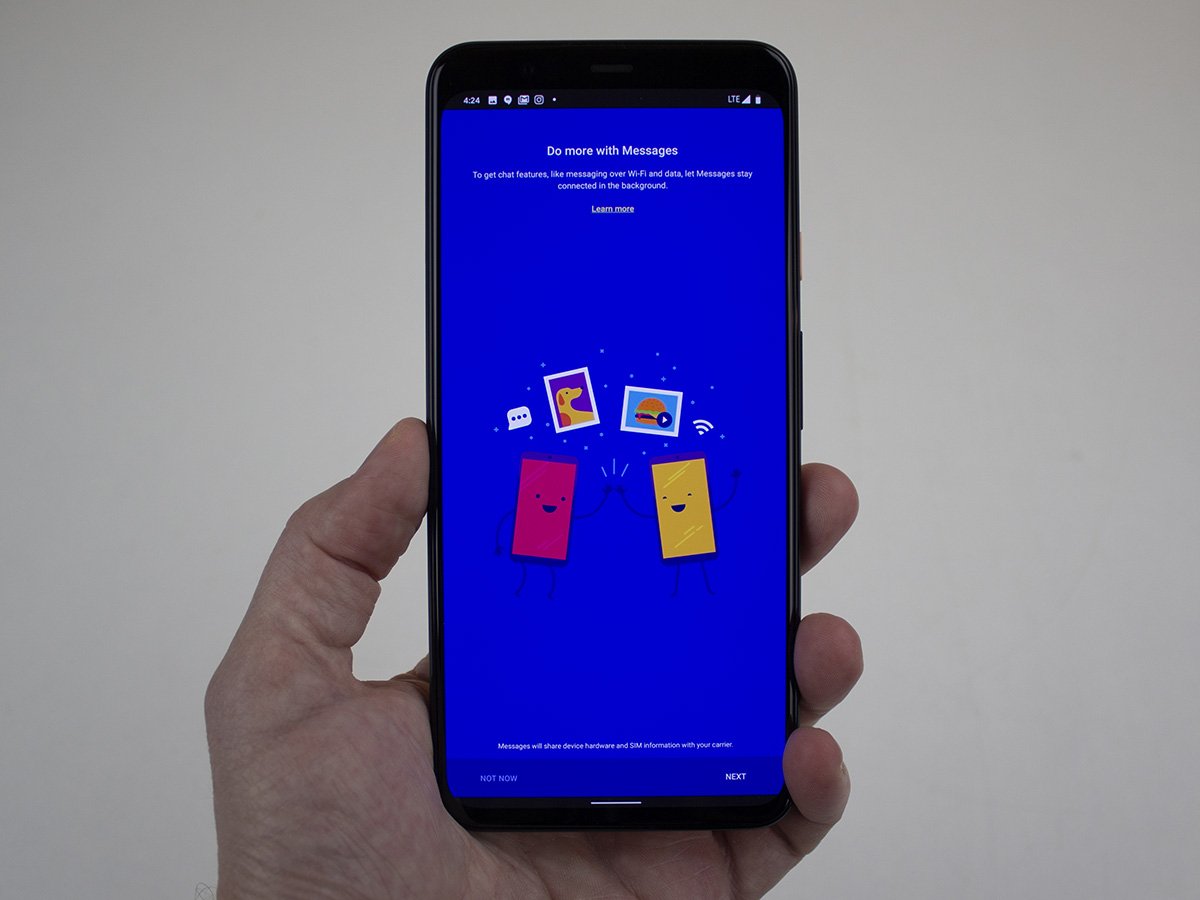
Creating the best messaging app is a complicated problem to approach. Everybody's always looking for a unified way of keeping in touch with their friends and family, but with so many different services finding success on different platforms and in different regions of the world, there's just no way to rally wide enough support around a single product to truly solve messaging once and for all.
Of course, that hasn't stopped Google from trying, and from Google Talk to Hangouts and RCS messaging, the company has seen a lot of success — and a lot of failures — throughout the years. Even some of Google's shuttered messaging platforms, like Allo, ended up paving the way for far more successful products.
We certainly aren't at the finish line of messaging services just yet, if such a thing even exists. In the meantime, we wanted to look back on some of Google's major milestones in its journey to finally shape up with a fairly successful messaging app.
Google Talk The catalyst
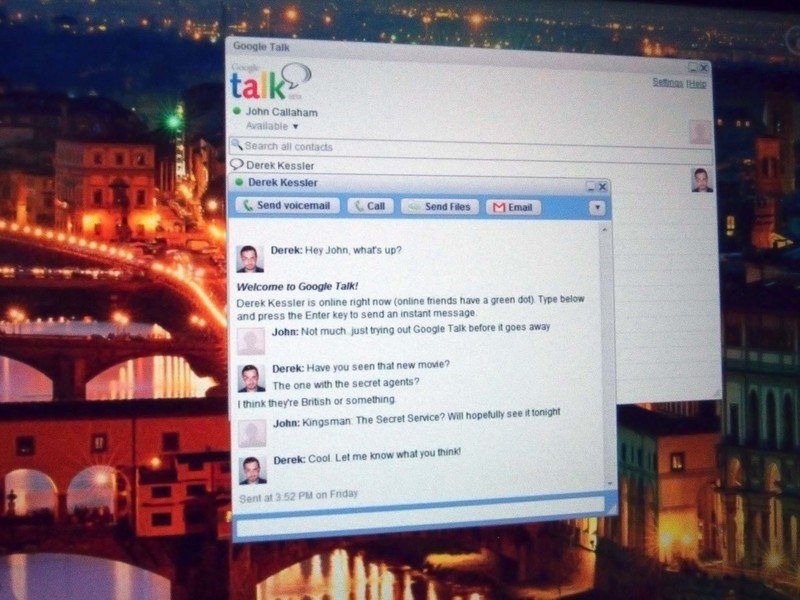
Talk was the service that started it all; at least, for Google, anyway. Built directly into Gmail, Google Talk (often known colloquially as Gchat) was a simple messaging service released in August of 2005, based on the XMPP messaging protocol. This allowed Talk to be cross-compatible with other XMPP-based services, increasing the likelihood that one way or another, you and your friends could likely communicate regardless of each party's preferred messaging platform.
Google Talk was a massively successful messaging service for Google, amassing millions of users in its time. While its cross-compatibility with other XMPP messaging apps was a huge perk, one of Talk's best features was that it allowed Gmail users to place both audio and video calls directly from the Gmail web interface in their browser.
Of course, if you didn't want to keep an open window for Gmail just to keep up with your friends, Google also offered a desktop client for Talk, available for Windows, Mac, and Linux. As a longtime MSN Messenger fan, this was how I enjoyed Talk most often — and even today, I keep a Telegram window open to the side of my web browser at all times. Old habits die hard.
Google Hangouts The living dead

Despite its runaway success, Google eventually phased Talk out and began urging its users to move to Hangouts instead. It's hard to categorize Hangouts as a particularly positive or negative milestone in Google's messaging journey; seven years have passed since its launch, and while Hangouts hasn't been fully discontinued yet, it's lived in an awkward state of limbo for a number of years now.
Get the latest news from Android Central, your trusted companion in the world of Android
Hangouts had something to offer for just about everyone.
Hangouts originally launched as part of Google+, the company's now-defunct social network that aimed to take on the likes of Facebook and Twitter. Google's messaging suite was notoriously convoluted at the time, comprised of Talk, Google+ Messenger, and Hangouts as three separate services for different types of messaging.
Eventually, in the interest of simplification and staying relevant and competitive against services like Whatsapp and Facebook Messenger, Google gradually merged its services into a single Hangouts service, eventually replacing Talk entirely and using its own proprietary messaging protocol, rather than XMPP.
In the following years, Hangouts proved itself to be surprisingly resilient, outlasting dozens of other products and services in Google's lineup. Hangouts acted as a sort of Swiss Army knife for communications; in addition to supporting its own chat system, complete with multimedia support, video and audio calls, and encrypted messaging, Google also allowed users to direct their traditional SMS and MMS messages through Hangouts.
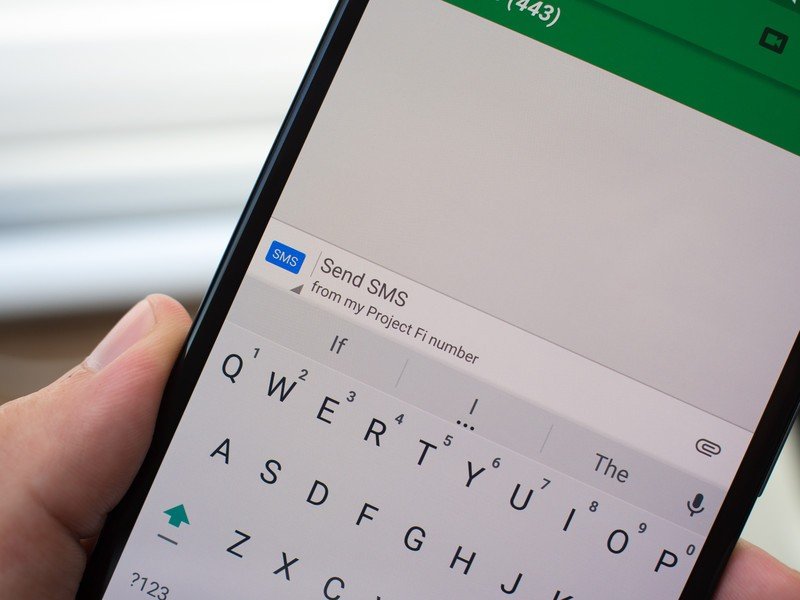
Similarly, Google Voice users enjoyed tight integration with Hangouts, with the option to use the phone number associated with their Voice account on other devices. You could take phone calls on your computer, even with your phone sitting halfway across the room, and send text messages through the Hangouts interface in Gmail.
For years, Hangouts seemed like the perfect cross-platform, cross-device alternative to services like iMessage and Whatsapp, but as is often the case, the service gradually became more and more congested, and Google began to shift its focus for Hangouts towards business users, kicking off the platform's tumultuous downward spiral.
I remember the painstaking process of trying to convince all of my friends and family to move to Hangouts, and that process made me cling onto Hangouts long past its ostensible expiration date. I just didn't want to start that whole ordeal over with a new platform. Still, as Google began divvying out many of Hangouts' features to other, newer services like Hangouts Meet and Allo, and even reviving the Google Chat branding, the writing was clearly on the walls.
Hangouts is on its way out and has been for some time now, but it was a great service while it lasted.
Google Voice A smarter phone number
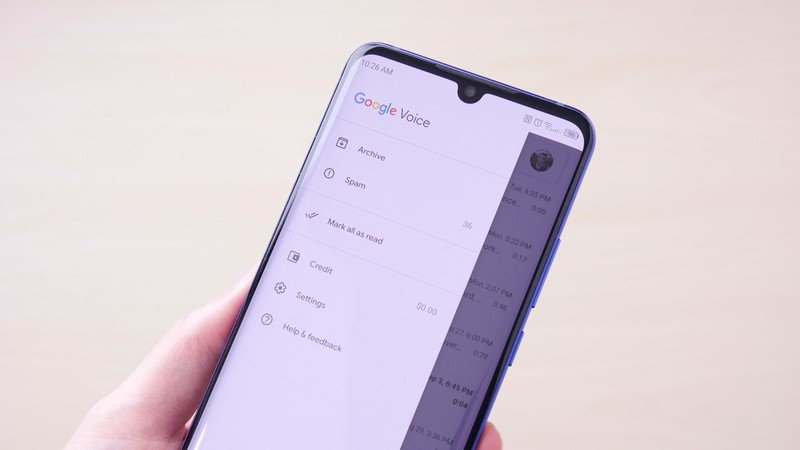
Google Voice was a game-changing product for many at the time, allowing users to either create a new phone number or port their existing number over from a carrier, then set up call forwarding to centralize that number across unlimited devices. Using the Google Voice app, users could send SMS messages from any device as well — including their computer — all using the same phone number they've had for years.
While MMS support wouldn't come until much later, Google Voice was a boon for users juggling multiple devices when it launched in March of 2009. This was particularly helpful for business consumers who needed to carry different phones for work and personal use. Despite being initially rejected from Apple's App Store, Google Voice eventually made its way to iOS, making it all the more accessible.
While it certainly doesn't have the same place in the spotlight that it used to, and no longer benefits from tight integration in Hangouts or Gmail, Google Voice lives on today as a standalone product that still allows for $0.01 per minute international calls, and has even expanded to work with Google Workspace (formerly known as G Suite) accounts.
Google Allo The start of something big
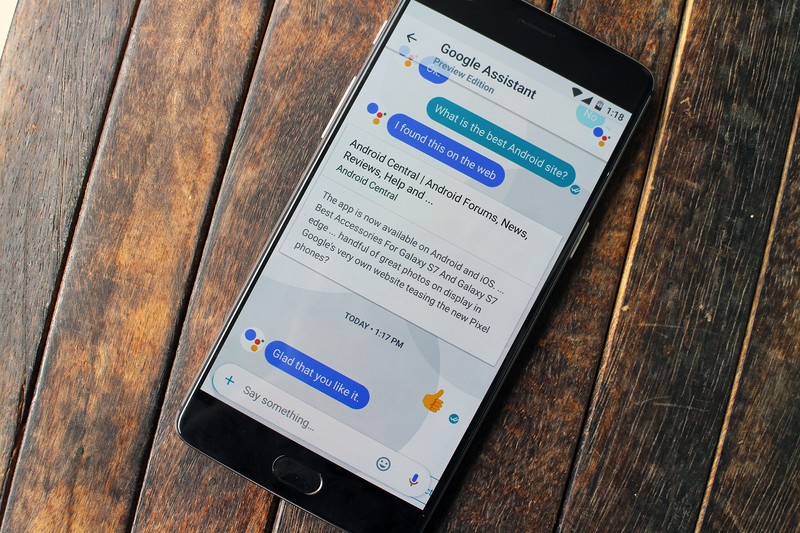
Allo may have been one of Google's most short-lived messaging products, but its influence can still be seen today, even in some of Google's most prevalent services. Originally launched in September of 2016, Allo was first demoed at Google I/O earlier that year. This proprietary service was ostensibly built to replace Hangouts and help simplify Google's confusing smorgasbord of messaging apps, introducing new and fun features like Whisper Shout, which let you slide your finger up or down on the Send button to make a message larger or smaller.
This was also where we first saw Google introduce Smart Replies, and unlike Hangouts, Allo was tied to your phone number. More importantly, Allo introduced Google Assistant to the world, starting off as an AI-based chatbot before it eventually became a massive standalone product that kicked off a series of smart speakers and other gadgets.
Allo wasn't around for long, and even during its prime, I spent most of my time clinging onto Hangouts for dear life. Still, without Allo, we might not have Google Assistant as we know it today, so I'm inclined to call it a win overall.
Rich Communication Services Back to basics
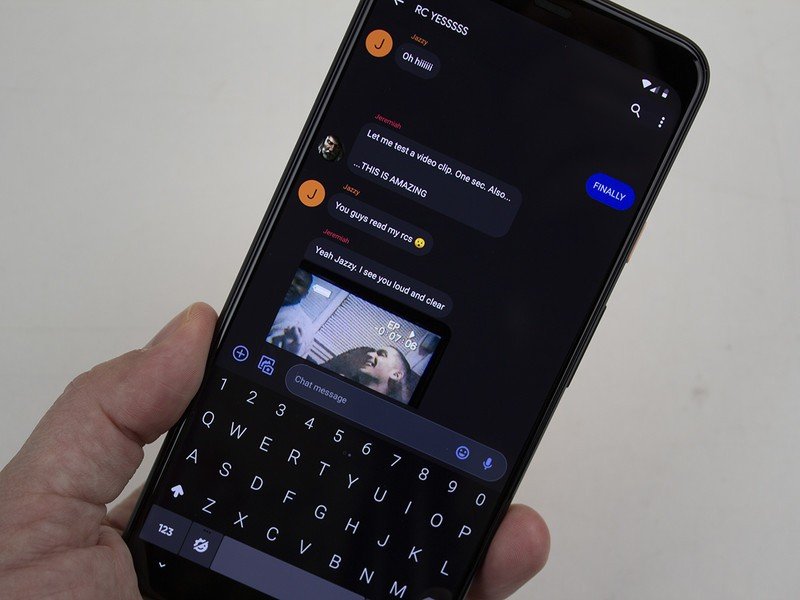
If, at the end of the day, Google's evolving mission object with its messaging platforms has been to compete with Apple's ubiquitous iMessage service, there's been one fatal flaw to its approach until recently. The beauty of iMessage, and the key to its success, is how little friction is involved with the whole process. You don't need to download or sign up for any specialized apps, nor do you need to convince others to download them.
iMessage works so seamlessly because it's tied to your phone number and — importantly — it's built into the default messaging app in iOS. You don't need to dig into the messaging settings to enable it; just send a text to another iOS user and you'll see the coveted blue bubble appear, complete with end-to-end encryption, high-res multimedia, and read receipts.
Google is finally taking the steps to democratize messaging.
This sort of frictionless approach is exactly what Google and others sought to achieve with RCS, a collaborative communications protocol that, like iMessage, works directly within your phone's default texting app and happens automatically when messaging other RCS-compatible phone numbers.
RCS took quite a while to take off, and goes by many different names depending on your particular phone and messaging app, but this move away from a specifically Google-made chat app has, in my opinion, been crucial to finally finding success in seamless messaging. Finally, Android users can simply text each other uncompressed images and videos and see read receipts, just as iPhone users have for years, all without the need for a particular app or the worry of Google shutting that app down in a few years.
In some ways, it feels almost as if Google has thrown in the towel. Hangouts is breathing its final breaths, and while the revamped Google Chat is poised to take its place, RCS simply feels like the right move going forward. It's universal, it doesn't require a particular app, and there's the slightest possibility that even Apple could support RCS one day.
Maybe after Hell freezes over.

Hayato was a product reviewer and video editor for Android Central.
